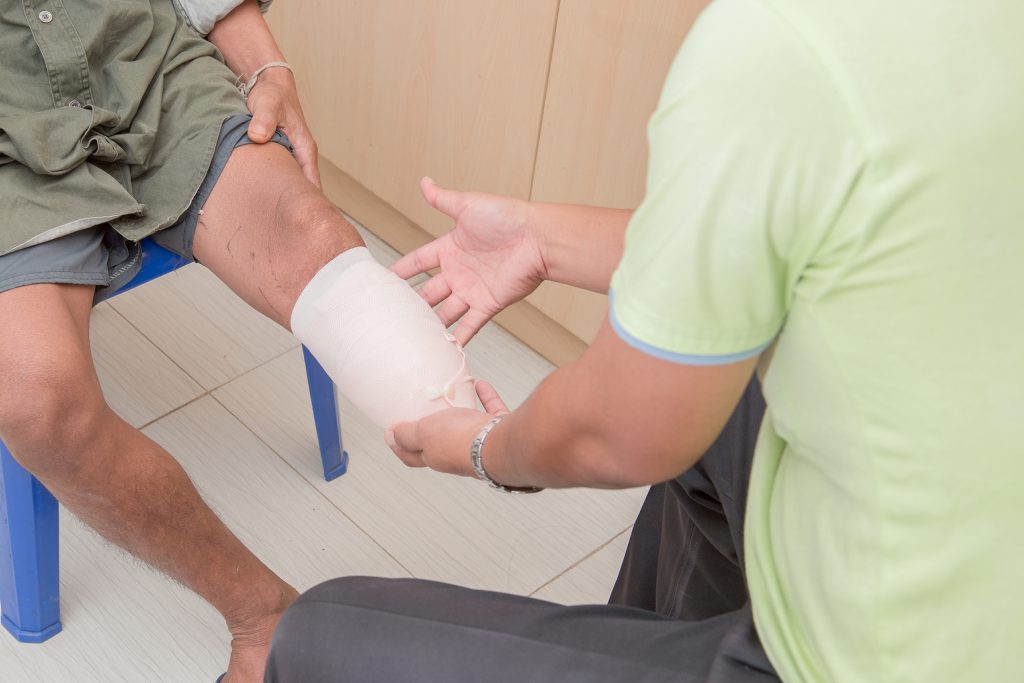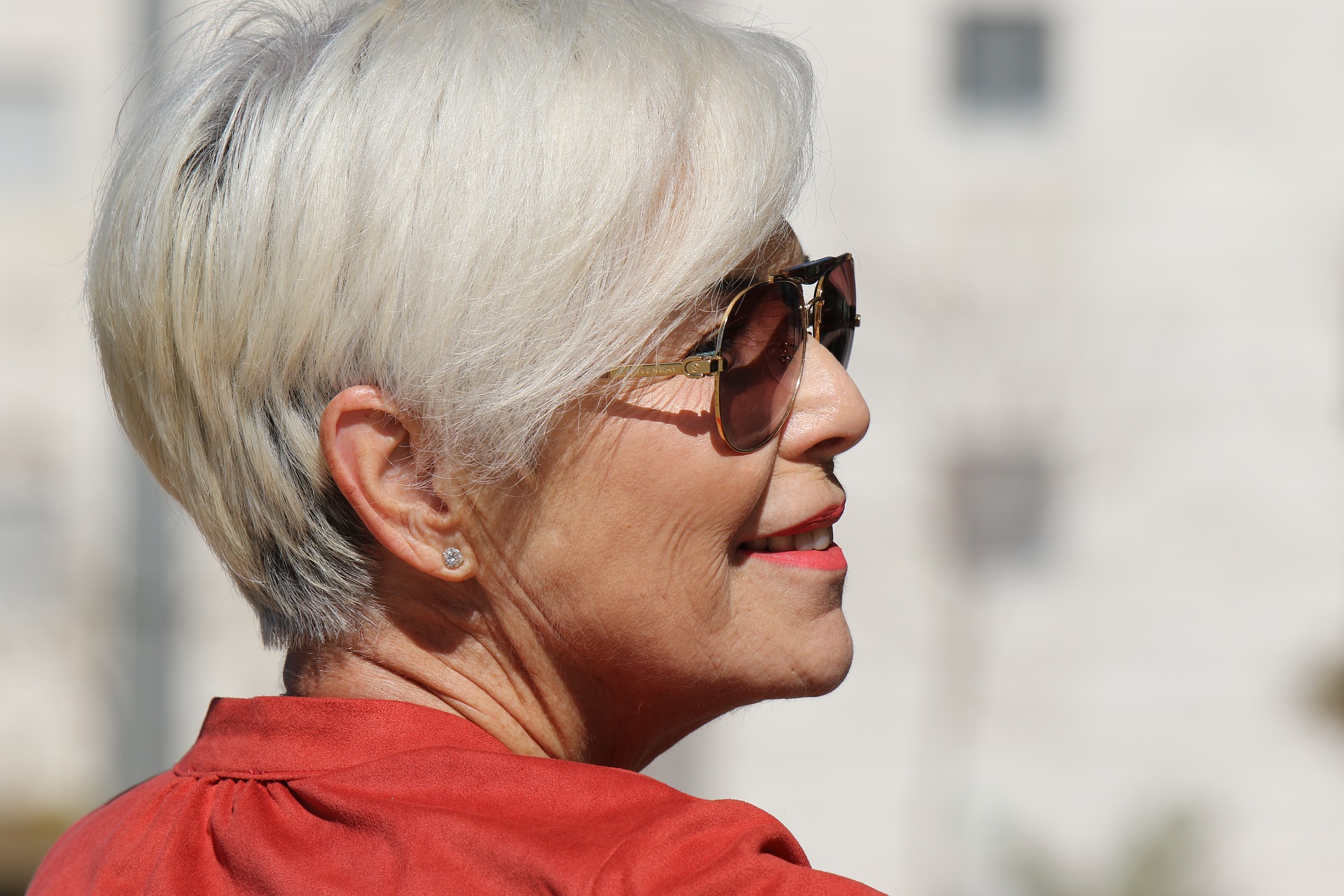We bring gold standard healthcare to you.
The S.T.R.A.I.T. Method™: SCAR TISSUE THERAPY

A scar is not as simple as it seems…
Scars are a constant reminder of past traumas or injuries, affecting confidence and self-esteem.
However, with the advancements in science and rehab medicine, The Scar Tissue Release and Integrated Therapies (S.T.R.A.I.T.) Method™ for Scar Tissue Therapy has come a long way.
Essential Information
What are scars?
Scars develop as part of the body’s attempt to repair damaged structures. And the scar tissue lies below the skin’s surface.
Scar tissue forms when the body heals from an injury or a wound. And it leads to adhesions.
Scar tissue adhesions occur with an injury or an acute inflammatory process. During the tissue repair, collagen fiber forms allowing adhesions and contractures to form in a random pattern. These adhesions are bands of internal scar tissue that bind to deeper tissues, such as tendons, fascia, and nerves beneath the skin surface.
As these scar tissue adhesions are within and between the skin, muscles, tendons, groups of muscles, and joint capsules, they reduce the range of motion [5]. And these adhesions, connecting normally independent layers of structures, cause movement restrictions and unexplained pain [3].
Occupational Therapy and Different Types of Scars
Post-Surgical Scars: After surgery, many individuals are left with visible scars that become a constant reminder of the procedure. And Occupational Therapists trained in The S.T.R.A.I.T Method™ for Scar Tissue Therapy can help minimise the appearance of these scars. Thus, improving the patient’s quality of life and reducing self-consciousness.
Burn Scars: It is particularly challenging to treat burn scars. And burn scars have a significant impact on a person’s mental health and physical function. Nevertheless, Occupational Therapists trained in The S.T.R.A.I.T Method™ for Scar Tissue Therapy can help reduce the appearance of burn scars. And improve mobility and range of motion.
Diabetes-Related Scars: Individuals with diabetes are more susceptible to scarring due to their reduced ability to heal wounds. As such, Occupational Therapists trained in The S.T.R.A.I.T Method™ for Scar Tissue Therapy can help improve the appearance and function of scars resulting from diabetes-related complications, such as foot ulcers or amputations.
Cancer-Related Scars: Cancer treatments such as surgery, radiation therapy, and chemotherapy often result in scars. Again, Occupational Therapists trained in The S.T.R.A.I.T Method™ for Scar Tissue Therapy can help reduce the appearance of these scars. Thus, improve the patient’s quality of life and self-esteem.
Psychological Support: As scars have a significant impact on a person’s mental health, they lead to anxiety, depression, and low self-esteem. Here Occupational Therapists trained in The S.T.R.A.I.T Method™ for Scar Tissue Therapy can provide psychological support to patients. Hence, the therapists help the patients cope with the emotional impact of their scars.
Scar Tissue Formation
Scar tissue forms when the body heals from an injury or a wound. There are four distinct phases of scar tissue formation:
The first phase is inflammation. This phase occurs immediately after trauma. And it is characterized by the release of inflammatory mediators and the formation of a fibrin clot. This clot stops bleeding, followed by the process of tissue repair [9].
The second phase is granulation. It is characterised by an uncharacteristic increase in the relative vascularity of the tissue. And the granulation phase varies greatly depending on the type of tissue and the extent of the damage.
The third phase is the fibroplastic stage. In this stage, the number of fibroblasts increases. And the rate of collagen fibers production and ground substance increases. At this stage, collagen is laid down at an accelerated rate and binds to itself with weak hydrostatic bonds, making tissue elongation much easier. So, this stage presents an excellent opportunity for reshaping and moulding the scar tissue without risking tissue reinjury greatly. Additionally, myofibroblasts are the most active in the last two phases of scar tissue maturation.
The final phase is maturation. In this phase, collagen matures, solidifies, and shrinks during this phase. At the end of the maturation phase, tissue remodeling becomes significantly more difficult because the tissue reverts to a more mature, inactive, and nonpliable status.
Scar Tissue Mobilisation
Scar tissue mobilisation is a technique aimed at restoring the layers of structures to their original state. Thus, it helps improve movement restrictions and reduce pain caused by scar tissue.
The myofascial system, which includes all the body’s muscles and the connective tissue (or fascia) surrounding them, is the primary target of soft tissue mobilisation techniques. Here soft tissue mobilisation reduces friction, improves a muscle’s ability to generate force, and provides input on different body movements or sensations to the brain [4].
Scar Revision
Scar revision is another procedure that alters the appearance of a scar and improves its cosmetic appearance. And it restores function to a part of the body that may have been restricted by the scar or improves an itchy scar. However, it is important to remember that scars cannot be completely removed [1].
The S.T.R.A.I.T Method™
The Scar Tissue Release and Integrated Therapies (S.T.R.A.I.T.) Method™ is an innovative and ground-breaking three-dimensional, fascial-release system for scar tissue therapy. And it works to minimize scar tissue development and the subsequent physiological restrictions. It combines fascial-scar work – working with your damaged restricted connective tissues – with mind-body interactions, body mechanics, therapeutic stretching and strengthening, and proprioceptive support.
Feel free to Whatsapp us for a free consult.
Lifeweavers is a multi-disciplinary therapy team of highly experienced rehabilitation clinicians consisting:
– Occupational Therapists
– Physiotherapists
– Speech Therapists
– Hand Therapists
– Dieticians
– Stretch Therapists
– Specialised Massage Therapists
We also work with rehab doctors, counsellors and links up with support groups, social prescriptions and external vendors with other specialised services or equipment to assist our clients every step of the way on their recovery journey.

